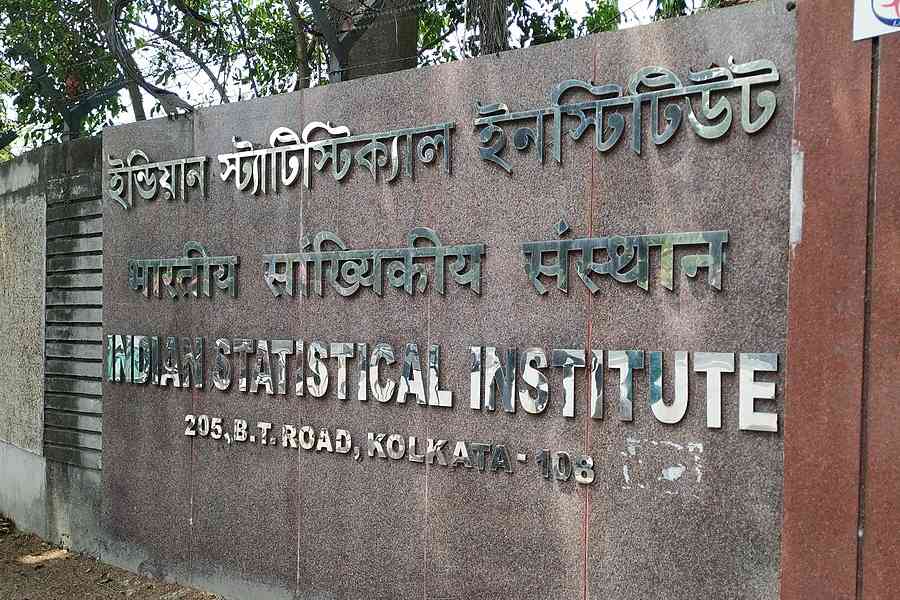In 2025, India’s population stands at 1.46 billion, a new report by the United Nations Population Fund has revealed. The report, titled State of World Population 2025: The Real Fertility Crisis, bears glad tidings: India’s population will peak at 1.7 billion in around 40 years from now, after which it will begin to fall. This is good news for a country that has struggled to control its population size, which is the largest in the world. India’s total fertility rate has been declining and is hovering at 1.9, significantly below the replacement level fertility of 2.1. The falling TFR is being considered a key factor that will drive the population decline. Perhaps this will put to an end to the mischievous, political propaganda that projects the minority population as a ticking population bomb.
A demographic decline poses both challenges and opportunities. While it will boost labour productivity and increase per capita allocation of resources, an ageing population will also mean a shrinking workforce and strain healthcare services. But the falling TFR is undoubtedly a feather in the cap of India’s population control policies. From an average of around six children per woman in 1960 to fewer than two in 2025, India has witnessed a meaningful transformation brought about by education and awareness. But the “real crisis”, according to the UN report, is the persistent absence of autonomy when it comes to exercising reproductive choices. According to the data, one in three adult Indians has had to confront an unintended pregnancy, while nearly a third have struggled with an unfulfilled desire for children. Significantly, the progress in attaining this freedom of choice has not been uniform. Bihar, Jharkhand and Uttar Pradesh — the “worst” states in terms of such agency for women, according to a 2016 IndiaSpend survey — continue to have high TFR while progressive states like Delhi, Kerala and Tamil Nadu have registered sustained below-replacement fertility rates. What is needed then is a recalibration of population policies so that women in underperforming states have greater access to education, contraception and health services. The scale of Indian population control coverage is impressive. What is required are targeted interventions to address regional imbalances.










